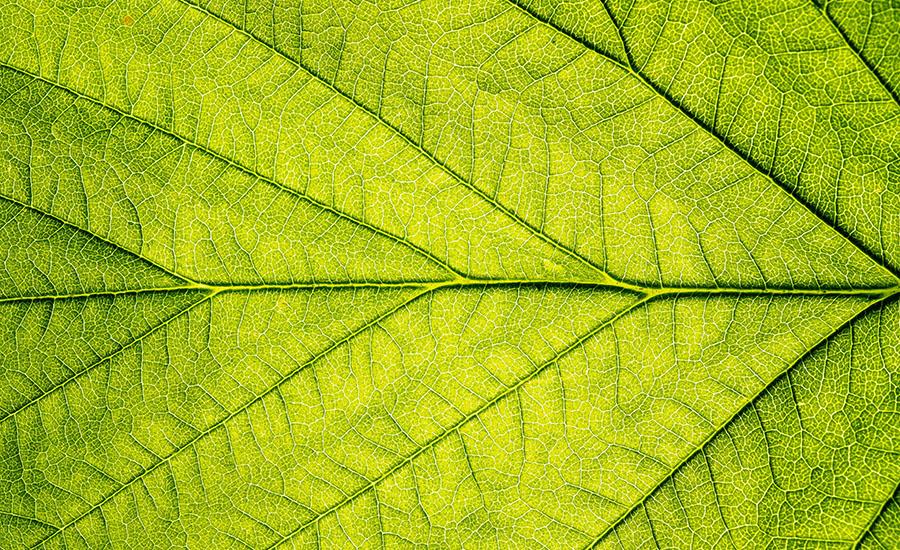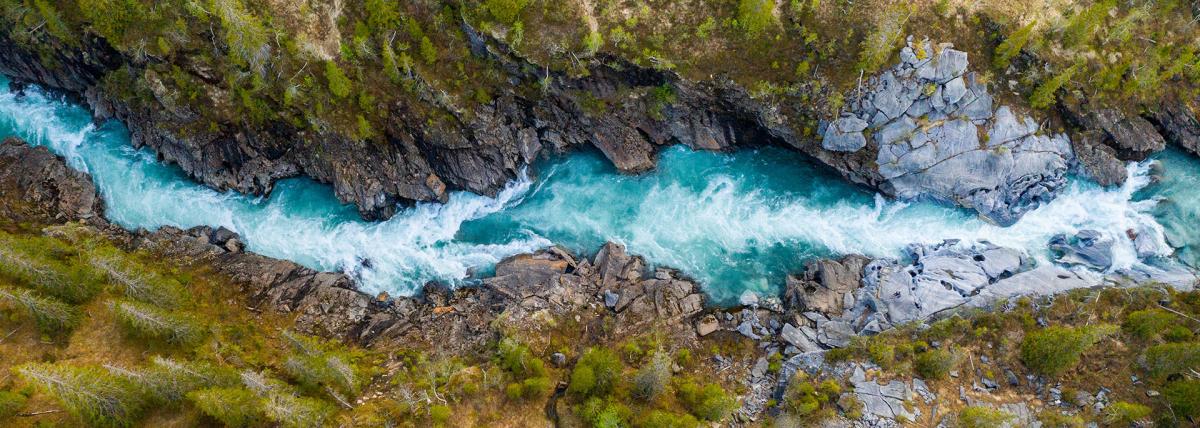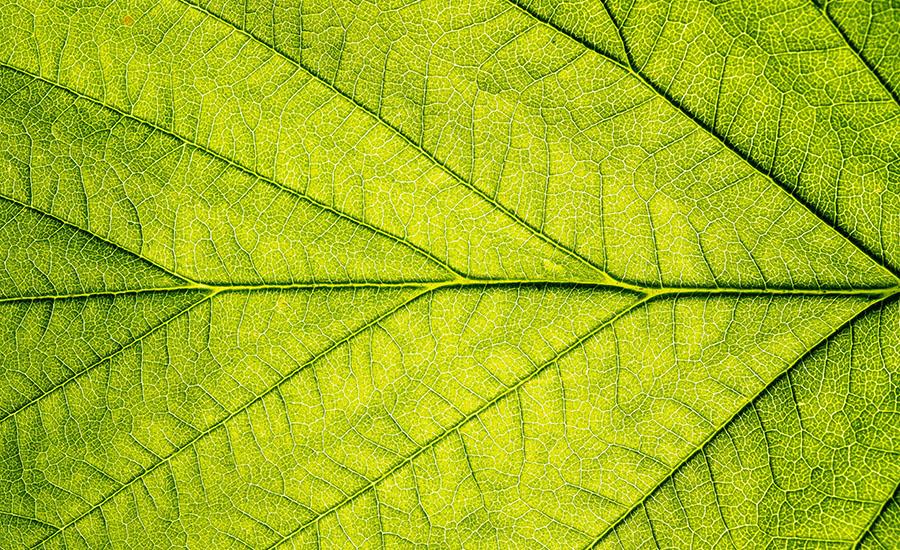
Learning Through Leaf Packs: Chemical Testing to Assess Water Quality (Lesson 8 of 8)
by Carrie Jenkins
This is an 8-lesson unit that is designed to be used together to learn about the health and diversity of your local watershed by placing leaf packs into a water source (natural or man-made ponds, lakes, streams, and rivers) and attracting macroinvertebrates. This is the final lesson in a series of 8. Links to lessons and resources are included.
Students test water quality in this engaging lesson. If you do not live close to a water source, the Leaf Pack Network has an online simulation. They will collect results and create a Google Slides presentation to describe the test, how it was performed and what it revealed about the water quality of the sources.
Lesson Plan Link/URL
https://docs.google.com/presentation/d/1u2o4LA-48ODL4EjYkT-dcqjQUHZkKeJp/edit?u…Related Content

Grades:
6th Grade, 7th Grade, 8th Grade
Model Building For Disaster is a 4-6 week unit in which students research natural disasters around the world and their effect on developing countries. Following their research, student teams design

Grades:
6th Grade
Students will construct a model of an ocean habitat to simulate an oil spill. They will then make observations about the behavior of the oil in the water and on the various items in the habitat model

Grades:
6th Grade, 7th Grade, 8th Grade
This is an 8-lesson unit that is designed to be used together to learn about the health and diversity of your local watershed by placing leaf packs into a water source (natural or man-made ponds